4 Roles Of An Artist
The role of an artist
What is the role of an artist? There is no denying that art from a given fourth dimension in history or a distinct geographical location can offer insights into a civilization that we would otherwise have no knowledge of. But sometimes art tells us more than about the artist than the society and civilisation that surrounds them. At times, fine art feels like information technology reflects the very cadre of humanity. Other times it is purely aesthetic, a luxury, a rare indulgence. Art tin can portray the rich circuitous beauty of the natural world, it can also make assuming, ugly, raw statements that are unsettling, challenging and far from beautiful.
With all of these vastly unlike sparks of inspiration, what is the role of an creative person? Is the role of an artist who seeks beauty and an artful stop consequence any different than that of one who looks to make a statement of political or intellectual value?
Fine art has had many different purposes throughout history. How has the part of the modern 24-hour interval artist changed?
The changing role of an artist throughout history
It is clear that artists accept many dissimilar roles, only no affair what medium they utilize or style they explore, they all share the aforementioned purpose: to create art. Art that is beautiful, art that is political, art that is accessible, art that challenges, art that is expressive, art that is cryptic.
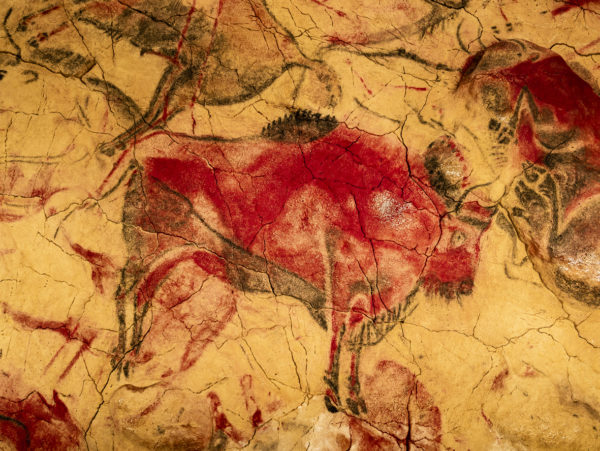
The very bones thought is that artists reflect themselves and their surroundings. This could be factual and realistic or surreal, symbolic and expressive. From the days when cave walls were daubed with rich mud to show animals and archaic people, artists have used their medium to show things to others. Yous could say that the role of the artists is in office to describe life, just likewise to shed low-cal on aspects that may otherwise be missed.
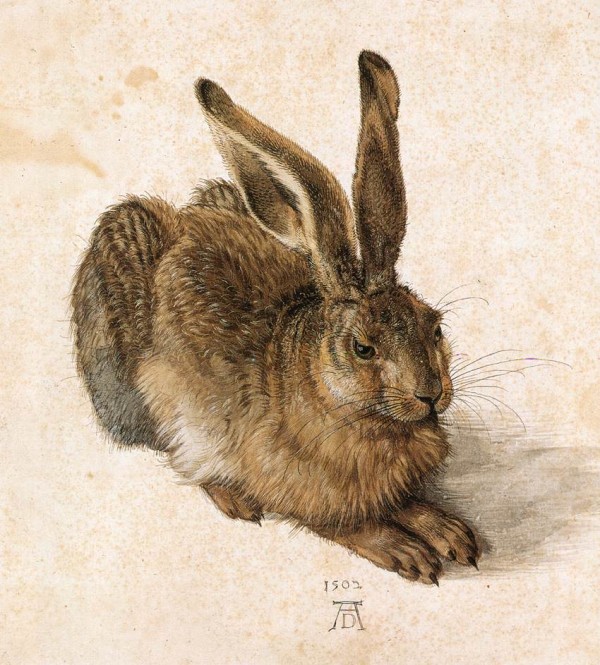
When yous consider the work of Albrecht Dürer, you will retrieve the fine detail and technical accuracy that he exhibited. This sense of realism was common in art until Cubism and the avant-garde movements came into play, bringing with them a mode for conceptual, stylised and cerebral work. Different art movements accept not only caused the style of fine art to evolve, but take as well caused a shift in the role of the creative person.
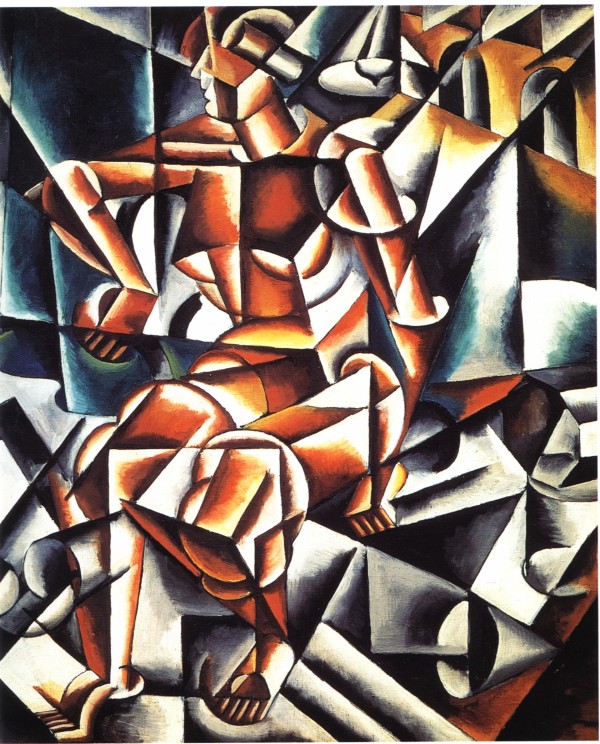
Anonymous artisans
In the Ancient World, the classical artist was actually a labourer. Painters, sculptors and craftsman were labelled every bit artisans. They would take over the trade from their father—meaning fine art professions were non a choice but an inheritance. Artisans practised technical excellence, but there was no formal training and artistic expression was not encouraged.
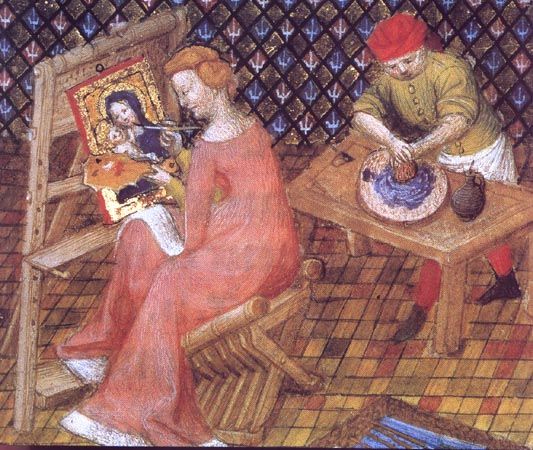
In the Middles Ages, artists would learn their skill through the apprenticeship system. Virtually art was anonymous and was produced by people considered to be craftsmen rather than artists. During this time, the fine art profession advanced the almost. In Medieval Europe, master craftsmen were recognised as honourable and responsible members of gild.
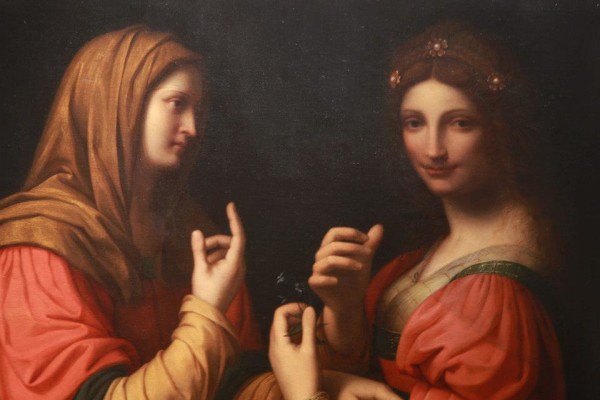
Recognized Renaissance
The Renaissance was the time when artists were recognised for their piece of work, it signified the end to anonymous work. Thanks to Giorgio Vasari and his infamous book The Lives of the Most First-class Painters, Sculptors and Architects, artists (peculiarly Florentines) started to proceeds a bit more recognition and respect. Merchants stated to utilise fine art to limited power and wealth.
During this time art was seen equally an indulgence and a luxury. Poets, philosophers, scholars and mathematicians were held in high regard, they were seen as intellectuals and were much cleaner than artists. Artists were anxious to exist given the same level of respect as these revered members of order. They started to include more complex themes within their work, adding details that would not exist recognised by the untrained or untutored eye. Ideal ideals, scientific theories and astrological details started to occur in Renaissance artwork, changing the role of the artist significantly and paving the way for art as it is seen today, as a mode of expression on an emotional, intellectual and even political level.
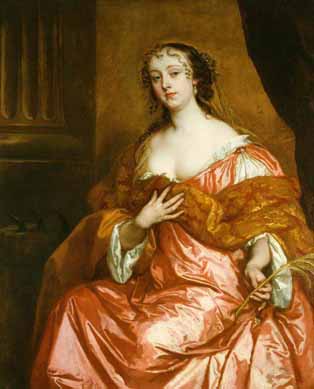
Persuasive art
The Baroque court creative person was employed to requite a country a sense of persona. It was besides used to influence what people wore and how they behaved. In this regard, information technology was the earliest form of art as a form of marketing. The role of the court artist was one of promotion and advertisement.
By the plow of the 20th century, society artists were painting highly complimentary portraits that portrayed wealth, dazzler and good sense of taste. The artist'southward role was to adorn the subject of each painting, making them announced more bonny, thinner, paler and more beautiful. These artists were making order seem more than highly-seasoned, also as beautifying individuals in a similar way as Hollywood and the paparazzi do to this solar day.
Political and societal change through revolutionary art
When art was made by people who were considered to be artisans, it was very much seen equally a task with no room for expression or individuality. Artisans experienced little freedom, and the role was controlled by those in ability. When the Renaissance introduced the idea of using art as an expression of contained idea, the offset seeds of revolutionary art was shown.
Throughout time, artists have realised that fine art tin play a significant part in shaping history. They have allow become of the thought of descriptive art and establish a more profound meaning. Revolutionary artists take seen the potential in using art as a class of social progress.
Revolutionary artists such as Diego Rivera and Kathe Kollwitz used their work to literally illustrate revolutionary dogma. Artists such equally Goya, Daumier and Munch merely portrayed order in such bleak and agonizing weather condition that they made people think most social change. Other artists take been considered revolutionary for their abilities to think outside the box and try new, brave techniques and expressive styles. Their piece of work is not necessarily political or offer social commentary, just it does offer an insight into the times. Artists in this category include Matisse, Manet, Picasso and Cezanne.

Art for art'southward sake
Bohemian artists follow a nonconformist lifestyle and abandon structure and convention in favour of art. Bohemians are also enchanted by the discoveries of the Romantics. They believe that emotions are the ultimate truth, in that location is no distinction between art and life, and they focus on individual expression and the intuition of creativity. Bohemians and Romantics believe in fine art for fine art's sake; art forms the crux of their life, and it'due south as of import and integral as religion tin be for some people.
If revolutionary artists are political radicals, then Bohemian artists are social radicals. They focus on irresolute how people think, by accessing their emotions. The emotional impact of their fine art is strong and of great importance. The function of the Bohemian artist also often includes antipathy for the middle classes, an element of cocky-destruction, and a belief that an creative person must suffer. The protestation against society and conformity often does not accept an artistic form, simply more of a behavioural one.
The mod-day function of an artist
The modernistic creative person can take on any of those roles, or mayhap even an amalgamation of them all. Many artists accept elements of the artisan or society painter in their professional life, producing aesthetic commissions based on the orders of those who pay them. They may as well use art to express their ain political or emotional landscapes. It is common present for artists to have a number of roles to fulfil unlike aspects of their lives. Art to make money, art to proceeds recognition, art to make a statement, art as a form of therapy, fine art as an emotional release. Nowadays illustrators, graphic designers and industrial designers have taken the identify of the artisans of the past.
Possibly you tin recognise several of these roles within your ain piece of work. Art can exist an escape from reality, used every bit a chronicle of the times, or be something we all can relate to. It can be a goad for modify, exist instinctive, feed our culture, reflect nature, soothe the soul. It can be an absolute indulgence and luxury, it can be anything you want it to be. The role of an artist is as mercurial every bit the artists inspiration and ideas, it changes constantly, evolving equally the years churn by and adapting with the same frenetic pace as lodge.
Farther reading
- Truthful blue: a cursory history of the color blueish in fine art
- Seeing red: a brief history of the colour ruddy in art
4 Roles Of An Artist,
Source: https://blog.artweb.com/art-and-culture/the-role-of-an-artist/
Posted by: alleynemage2002.blogspot.com


0 Response to "4 Roles Of An Artist"
Post a Comment